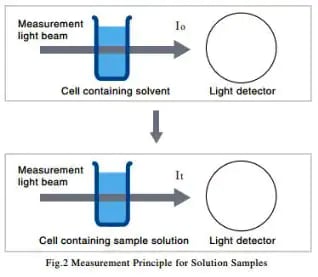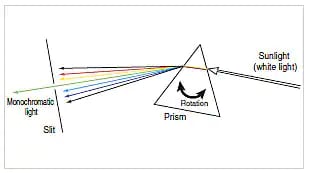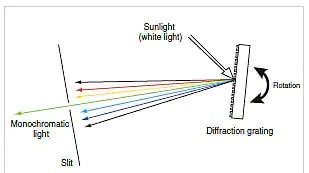Environmental Solutions
Shimadzu Spectrophotometers
The UV-visible spectrophotometer is a workhorse in almost every environmental lab. The versatility of these instruments and the wide variety of uses have resulted in a variety of designs and different price ranges. The essential parts of a spectrophotometer are a source of light, a monochrometer, a cuvette to hold the sample, and a photodetector. The type of monochrometer and photodetector are prime differentiators in design from one instrument to another and between manufacturers.

The filter photometer is the simplest, and cheapest. These use a filter that only allows one wavelength of light to pass. They are essentially method specific, although they can run several common methods, such as phosphate and ammonia, using a single wavelength. Field portable meters, such as chlorine meters, are filter photometers. Many of the lower cost spectrometers used with manufacturers test kits are filter photometers. A filter photometer is usually restricted to visible wavelengths. They are not complex instruments and most likely have pre-stored calibration curves for use with prepackaged reagents. They may be suitable for most environmental tests, but you cannot expand to tests for which there is no filter.
A prism or grating spectrometer disperses light and then passes a single wavelength through the sample. These photometers often have an adjustable slit. You can make the band pass wider to increase the sensitivity; however, linearity at the upper end of a calibration may be less. Grating or prism photometers are also generally restricted to visible light.

Prism Monochrometer

Grating Monochrometer
The best UV-Visible spectrophotometers pass full spectra through the sample, enabling acquisition of a complete absorbance spectrum.
Full spectral analysis enables analysts to select the peak maximum or perhaps measure off peak to increase the linear range, measurements in the UV range and the entire visible spectra making it a very versatile and useful investment if you plan to do anything more than a set of routine tests.
EPA Safe Drinking Water Act (SDWA), Clean Water Act (CWA), and Resource Conservation and Recovery Act (RCRA) require UV-Visible Spectrophotometer methods for many contaminants.
To run all environmental tests, you need multiple wavelengths. Measuring in the UV range requires a UV spectrophotometer. The Shimadzu UV-1280 enables you to run all environmental tests you run now, plus any tests you may need in the future. Choose the UV-1900i plus and interface readily with a LIMS, or operate with GALP compliant software.
Click here for more information on UV-Visible spectrophotometry
Other Solutions
- Atomic Absorption
- Balances
- Energy Dispersive XRF
- Gas Chromatography
- GCMS
- Gas Chromatography Tandem Mass Spectrometry
- HPLC
- ICP/AES
- ICP/MS
- Ion Chromatography
- LCMS
- MALDI iD-Plus
- On-Line Analyzers
- Spectrophotometers
- Total Nitrogen Analyzers
- Total Organic Carbon Analyzers (TOC)
- Return to Environmental Top Page


